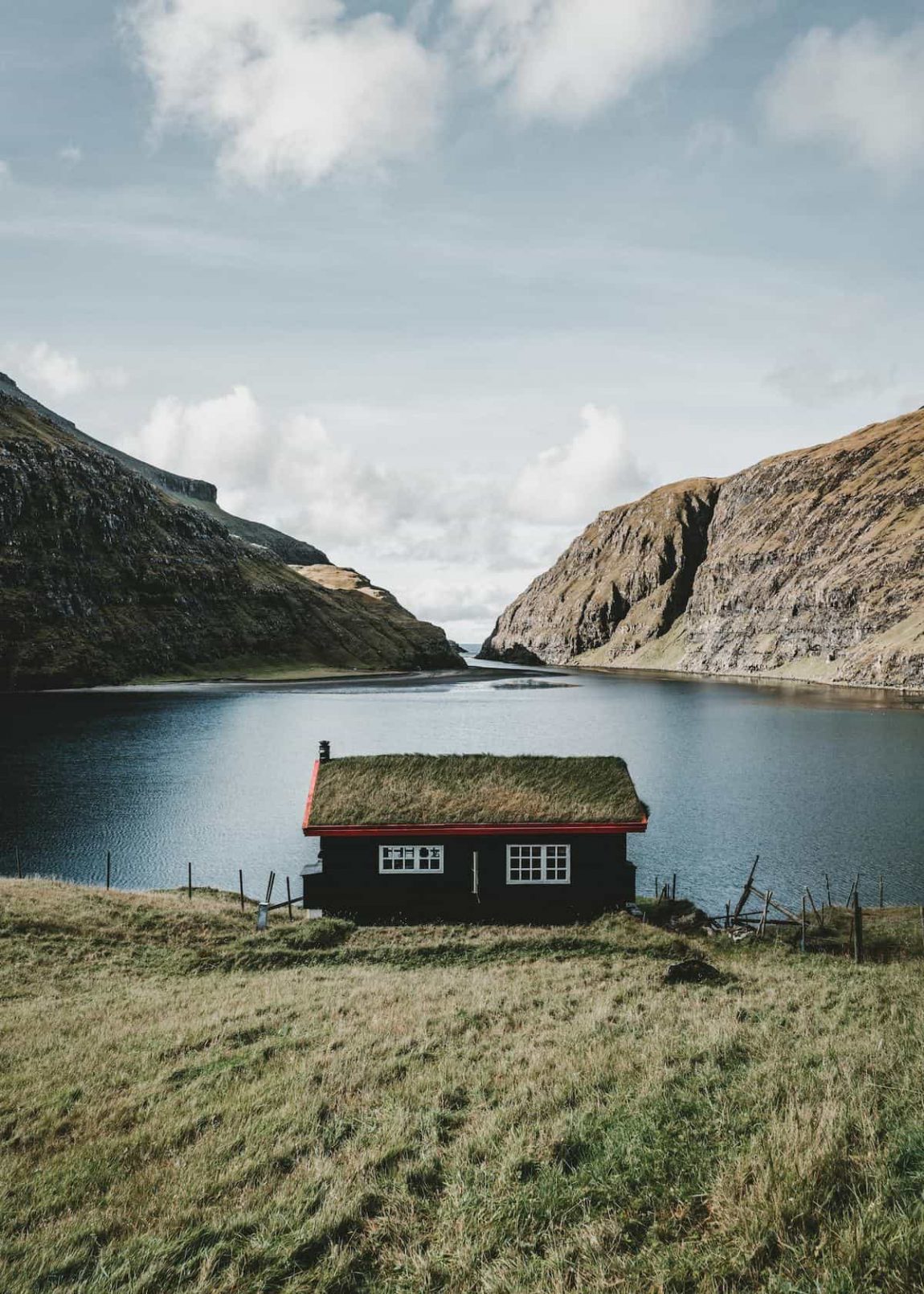Key Takeaways:
- Log cabins are a symbol of pioneering spirit and simplicity, tracing back to ancient Europe and playing a significant role in American settler history.
- Their construction involves stacking logs horizontally and interlocking them at the corners with notches, demonstrating a craft evolved over centuries for durability and insulation.
- Modern log cabins can vary from traditional, hand-built structures to pre-fabricated, modern homes equipped with contemporary amenities, reflecting both historical reverence and modern living standards.
- The log cabin has served various functions, from humble dwellings to presidential birthplaces, embodying a rich cultural heritage and architectural innovation.
Nestled among towering pines and echoing with the tales of yesteryears, the log cabin stands as a testament to human ingenuity and a deep-rooted connection with nature. It’s not just a structure; it’s a narrative woven into the fabric of time, from the dense forests of Scandinavia to the rugged landscapes of America. I remember my first encounter with a log cabin, a quaint, rustic abode that seemed to whisper tales of a bygone era. It was in the heart of the woods, where the air was thick with the scent of pine and the gentle rustle of leaves. This experience ignited a curiosity in me about these timeless structures and their story.
The log cabin, with its humble beginnings, has been a cornerstone of human shelter since the Bronze Age. It’s fascinating to think about how our ancestors, with tools rudimentary yet effective, erected these cabins as beacons of home and warmth against the backdrop of untamed wilderness. The art of log cabin construction, described by the Roman architect Vitruvius Pollio and later refined across Scandinavia and Eastern Europe, showcases a blend of simplicity and sophistication. The interlocking logs, each cut and notched with precision, create a sturdy and weather-resistant dwelling, embodying a connection to the earth that modern construction often lacks.
As I delved deeper into the lore of log cabins, I discovered their profound impact on American soil. These structures were not just homes; they were fortresses of survival, symbols of the pioneer spirit, and later, emblems of political ideology. The log cabin became a canvas for the American dream, a humble beginning from which greatness could emerge. I was particularly moved by the story of the log cabin where President Abraham Lincoln was born, a stark reminder of humble beginnings shaping monumental legacies.
In modern times, the log cabin has undergone a transformation, morphing from a basic survival structure to a coveted retreat from the hustle and bustle of city life. Today’s log cabins can be as rustic or as luxurious as one desires, equipped with modern amenities while still retaining that touch of simplicity and connection with nature. The evolution from using hand-hewn logs to pre-fabricated kits reflects our society’s adaptability and innovation while preserving a nod to the past.
The warmth of a log fire, the solid feel of timber under hand, and the deep sense of peace that envelops you in a log cabin are unmatched. It’s a reminder of our ancestral ties to the land, the importance of sustainability, and the beauty of simplicity. As I reflect on the log cabin’s journey through time, I’m reminded of the enduring strength and adaptability of the human spirit, mirrored in the walls of these timeless structures.
In an era where the world moves fast and our connections often feel superficial, the log cabin stands as a beacon of authenticity and grounding. It teaches us to value simplicity, to find harmony with nature, and to remember the stories of those who came before us. Whether it’s a rugged, hand-built shelter or a modern, eco-friendly home, the log cabin continues to captivate the imagination and inspire a return to basics.
Frequently Asked Questions:
1. How are traditional log cabins constructed?
Traditional log cabins are constructed by stacking logs horizontally and interlocking them at the corners using notches. This method creates a sturdy, weather-resistant structure without the need for nails, allowing for natural settling over time.
2. Can modern log cabins be equipped with contemporary amenities?
Yes, modern log cabins can be equipped with all the contemporary amenities you’d find in a traditional home, including electricity, plumbing, heating, and insulation. They combine the rustic charm of traditional cabins with the comforts of modern living.
3. Are log cabins environmentally friendly?
Log cabins are considered environmentally friendly due to their use of renewable resources and energy efficiency. The thermal mass of logs can naturally regulate temperature, reducing the need for heating and cooling energy.
4. How long do log cabins last?
With proper maintenance, a log cabin can last for generations. The lifespan of a log cabin depends on factors like the quality of the construction, the type of wood used, and exposure to elements.
5. Can I build a log cabin myself?
Building a log cabin requires knowledge of carpentry and construction techniques specific to log buildings. While it’s possible to build one yourself, especially with a pre-fabricated kit, many opt for professional builders to ensure structural integrity and compliance with local building codes.





